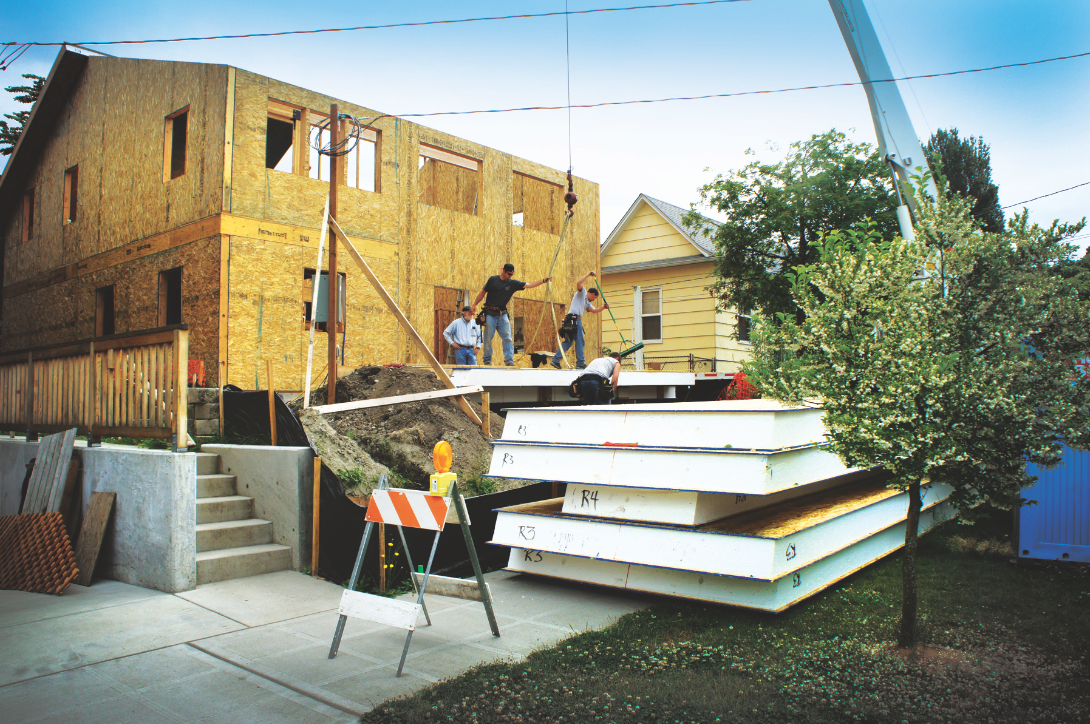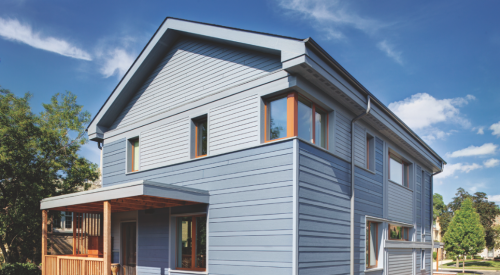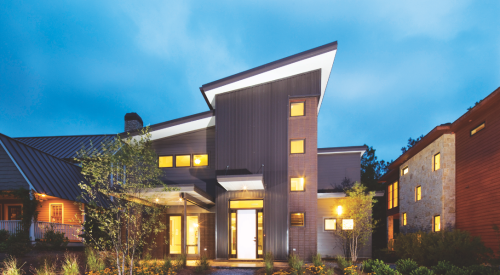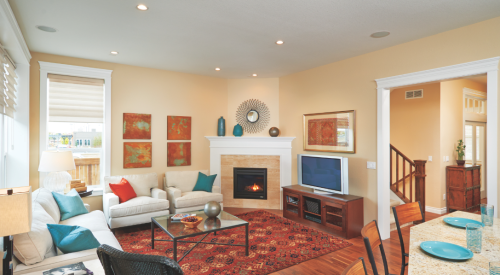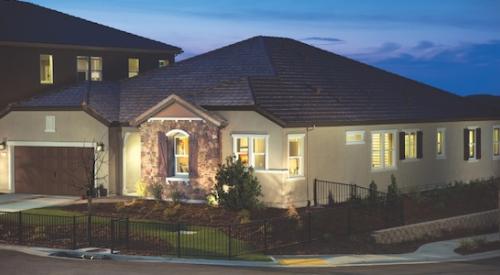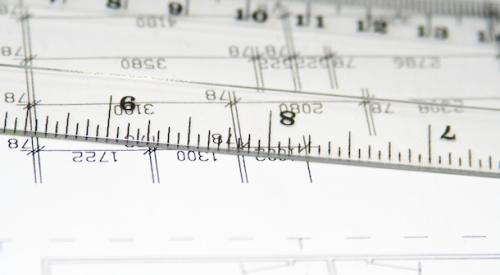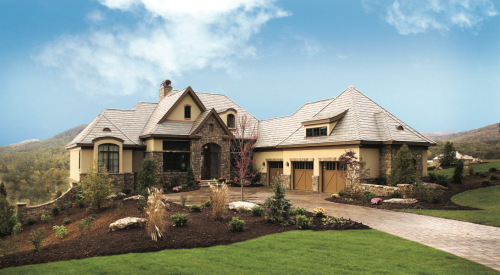This article is part of an ongoing series highlighting the most significant happenings in the zero-energy-ready home market, covering everything from the Energy Department’s successful partnerships with builders to leading technical innovations. The U.S. Department of Energy’s (DOE) Zero Energy Ready Home program works with a wide range of builders who are dedicated to developing innovative efficiency solutions to ensure outstanding levels of energy savings, comfort, health, and durability that exceed a homebuyer’s expectations. In zero-energy-ready homes, all or most of a home’s annual energy consumption can be offset with renewable energy, significantly reducing annual electricity costs. Across the country, these innovative homes can be built in a variety of climates, resulting in durable, livable homes that achieve the very best in energy performance. More information on the homes below can be found here.
Transformations Inc. – Devens, Mass.
Transformations Inc.’s “Devens Green Zero-Energy Community Custom Home” project is in climate zone 5, a marine climate, and includes 3 bedrooms and 2 baths. It was completed in April 2012 and has 3,168 square feet of conditioned space.
The builder squeezed 78 photovoltaic panels onto the home’s roof. The system totals 18.33 kW and can produce all the electricity the home will use in a year with enough left over to power an electric car for 30,000 miles.
Project Home Performance Data:
• HERS Index without solar PV: 34
• HERS Index with solar PV: -21
• Projected annual utility costs: without solar $1,499; with solar, minus $343
• Projected annual energy cost savings (compared with a home built to the 2006 IECC): without solar $1,221; with solar $3,099
• Annual PV production revenue: $1,842
• Builder’s added cost over standard construction: without solar $9,700
• Annual energy savings: without solar, 60 MMBtu; with solar, an energy surplus of 20.1 MMBtu
Ferguson Design and Construction – Sagaponack, N.Y.
Ferguson Design and Construction’s “Eco-Friendly Home” is in climate zone 4A, a mixed humid climate, and includes 6 bedrooms and 5 baths. It was completed in February 2013 and has 5,088 square feet of conditioned space.
A high-efficiency propane boiler provides hot water for the hydro coil central air heating system, radiant floor heat in the basement, and domestic hot water for the “Eco-Friendly Home.”
Project Home Performance Data:
• HERS Index without solar PV: 43
• HERS Index with solar PV: NA
• Projected annual utility costs: without solar $5,465; with solar $3,168
• Projected annual energy cost savings (compared with a home built to 2009 IECC): without solar $2,581; with solar $4,878
• Projected annual energy savings: without solar, 869 gallons propane; with solar, 869 gallons propane, 11,379 kWh
TC Legend Homes – Seattle
TC Legend Homes’ “Thomas/Salmon Residence” project is in climate zone 4C, a marine climate, and includes 3 bedrooms and 2 baths. It was completed in October 2013 and has 1,915 square feet of conditioned space.
SIPs provide a high-performance shell. Night-ventilation cooling is all the air conditioning the highly insulated home needs in the summer.
Project Home Performance Data:
• HERS Index without solar PV: 37
• HERS Index with solar PV: -1
• Projected total annual energy cost savings (compared with a similar house built to the 2006 IECC): without solar $605; with solar $1,344
• Projected annual utility costs: without solar $739; with solar $74
• Annual PV production revenue: $1,333
• Annual energy savings: without solar 7,118 kWh; with solar 8,700 kWh
Since 2008, the Zero Energy Ready Home program has recognized hundreds of leading builders and partners for their achievements in energy efficiency—resulting in over 14,000 energy-efficient homes and millions of dollars in energy savings. The builders highlighted above have committed to achieving the highest performance levels within the Zero Energy Ready Home Program. Qualified DOE Zero Energy Ready Home builders are typically in the top 1 percent of builders in the nation and have found ways to integrate home performance into their production processes in a variety of climate zones across the country. Learn more about DOE Zero Energy Ready Home program qualifications at http://energy.gov/eere/buildings/zero-energy-ready-home.
As Chief Architect for the DOE’s Building Technologies Program, Sam’s primary role is to help deploy energy-efficiency research for new and existing homes, such as the Building America Solution Center (BASC), a new resource that makes the latest innovations and best practices accessible to residential new-construction stakeholders.



